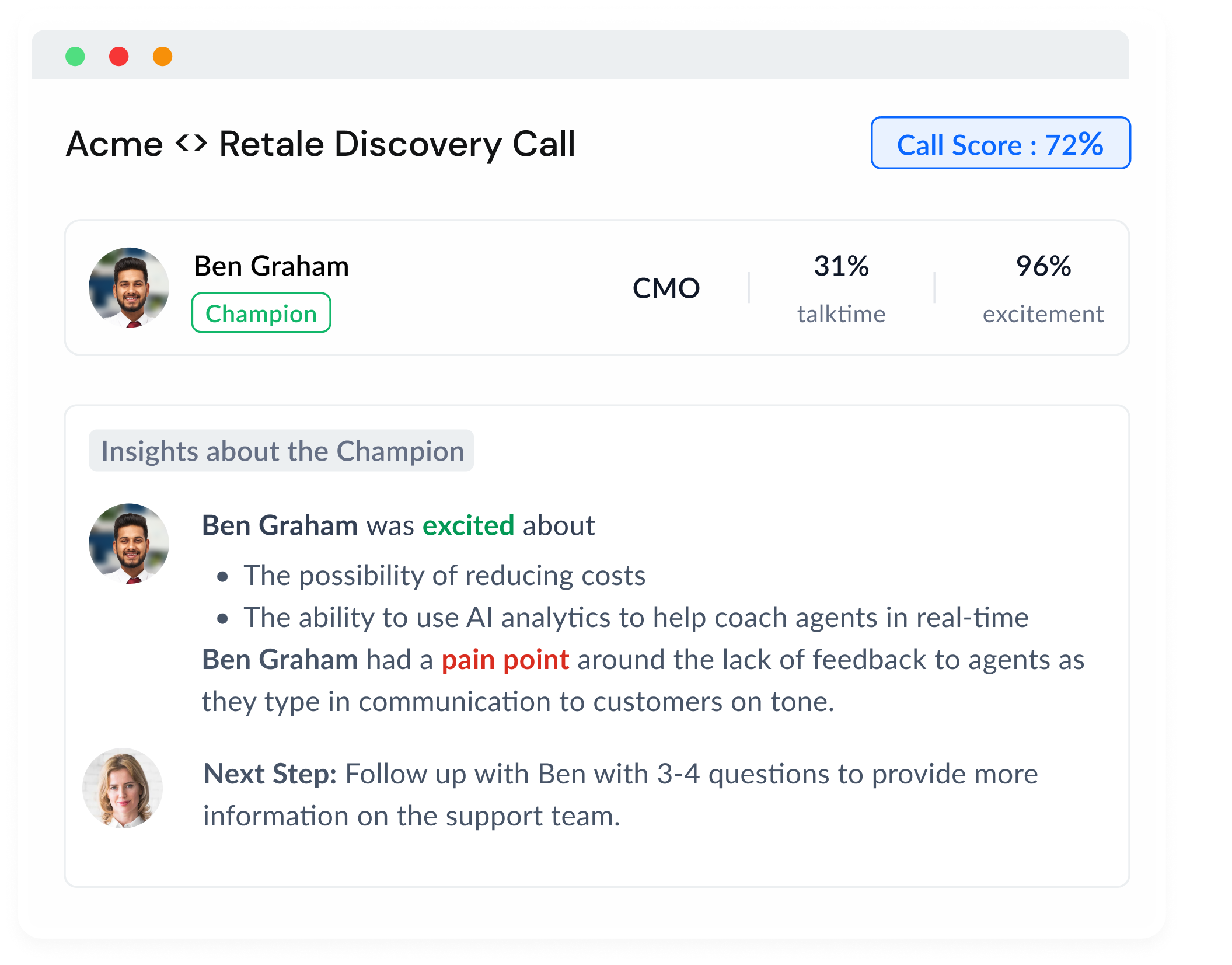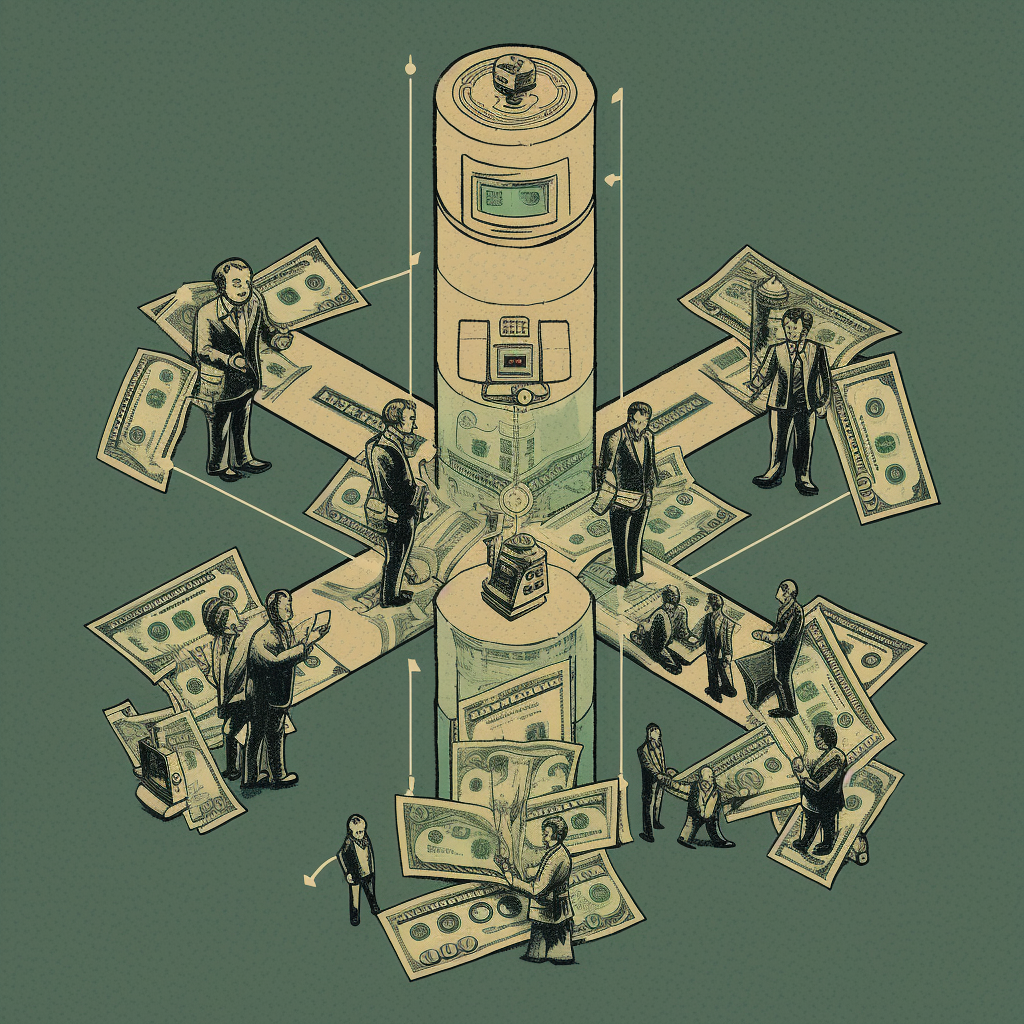Introduction
Ah, sales. The lifeline of every business. Whether you sell SaaS software or fluffy teddy bears, without sales, your company might as well be a fish out of water (and not the trendy sushi kind). To succeed, you need to find the perfect sales model that fits your product, market, and customer base like Cinderella's glass slipper.
That's where high-touch and low-touch sales models come in. But which one is the best for your business? Keep reading, my friend! We'll explore the ins and outs of both these magical journeys and help you choose the right approach tailored to your needs.
Sit tight, sales strategists and managers, you're in for a ride!
High-Touch Sales Model: The Concierge Experience
Definition and characteristics
Think of high-touch sales as the premium, all-inclusive vacation package. It's where your sales team serves as a personal concierge, guiding prospects every step of the way. You're like the Dumbledore of sales, full of wisdom and a knack to make things happen.
In high-touch sales, your strategy revolves around building strong relationships, providing excellent support, and going above and beyond to satisfy customers. Patience is key, as sales cycles tend to be longer, and substantial investments in time and effort are required to close deals.
Pros of High-Touch Sales
- Personalization: By offering a tailored experience, you can address each client's unique needs and adapt your pitch accordingly.
- Trust: Investing time and effort in understanding your prospects helps build trust, which can result in a long-lasting client relationship.
- Larger deals: High-touch sales are often associated with more complex products and higher price points, meaning you can score bigger deals.
Cons of High-Touch Sales
- Resource-intensive: More support, longer sales cycles, and personalized attention require a significant investment of time, money, and manpower.
- Scalability limitations: With a high-touch model, it can be challenging to scale your outreach while maintaining quality.
Best applications and industries suited for High-Touch Sales
High-touch sales models are best suited for complex, high-ticket products, or industries that require extensive solutions like enterprise software, financial services, and healthcare.
Here's where Sybill enters the picture with a swish of a wand. Sybill can enhance your high-touch sales model by providing AI-driven insights on verbal as well as non-verbal cues in each sales interaction, helping you better understand customer needs, tailor your messaging, and provide expert guidance throughout the sales process (like your own personal Hermione).
Low-Touch Sales Model: The Self-Service Journey
Definition and characteristics
If high-touch sales is a five-star hotel experience, low-touch sales is like trusty Airbnb – efficient, user-friendly, and budget-conscious. This sales model empowers customers to explore and decide on their own, with sales reps intervening minimally, or only when necessary.
The low-touch model relies heavily on effective marketing content, self-explanatory demos, and support resources to guide leads. It's perfect for simpler, budget-friendly products, where customers prefer a more independent purchasing experience.
Pros of Low-Touch Sales
- Efficiency: The streamlined sales process is quick, enabling prospects to make decisions in less time.
- Cost-effective: With fewer human resources involved, operating costs are generally lower in a low-touch sales model.
- Scalability: It's easier to reach a larger audience while maintaining product quality and customer satisfaction.
Cons of Low-Touch Sales
- Limited personalization: With minimal sales rep involvement, your ability to tailor the experience for individual clients diminishes.
- Accessibility barriers: Some customers may struggle to access or understand resources, potentially hindering the sales process.
Best applications and industries suited for Low-Touch Sales
Low-touch sales models thrive in markets where products have a lower price point and less complexity. Industries like e-commerce, SaaS (especially self-serve software), and consumer products find the most success with low-touch sales.
As agile as a Quidditch player, Sybill swoops in, helping you optimize your low-touch sales strategy. Sybill's AI-powered platform ensures an efficient and enjoyable customer journey while keeping the knowledge and insights you need at your fingertips (like holding a Marauder's Map for sales).
Key Factors to Consider When Choosing a Sales Model
Ready to choose your sales model? Hold your horses, we've got a few critical factors to stroll through before making a decision. It's like navigating the Hogwarts hallways; you need a clear direction and an open mind.
Product complexity and pricing
The first thing to consider is your product's complexity and pricing. Are you offering an easy-to-understand product at a budget-friendly price? Low-touch sales might be the way to go. However, if your product is complex, pricey, or requires customization, high-touch sales might be more suitable.
Customer demographics and expectations
Knowing your target audience is crucial when it comes to choosing a sales model. Understand their needs, preferences, and expectations. Different demographics might require unique approaches. For example, tech-savvy clientele might prefer a low-touch, self-serve experience, while professionals in heavily regulated industries might require a more hands-on, consultative approach.
Hybrid Sales Models: The Best of Both Worlds?
Overview of the hybrid approach
Can't decide? Well, say hello to the love child of high-touch and low-touch sales models – the Hybrid Sales Model! It's like watching your two favorite Hogwarts houses unite, combining the best of both worlds.
In a hybrid sales model, you leverage both high-touch and low-touch strategies, depending on the product, customer, and sales stage. Your team might start with a low-touch approach, offering self-service resources. Then, as the prospect progresses, or when their needs become more specific, they can switch to a high-touch sales style, providing personalized support.
Examples from companies successfully implementing hybrid sales models
Ever heard of that tiny company named Salesforce? Of course, you have! Salesforce successfully uses a hybrid sales model, offering low-touch sales for their entry-level packages, while employing a high-touch approach for their more complex and advanced plans.
Airbnb, our trusty example in the low-touch sales realm, also employs a hybrid model with their "Airbnb Plus" program. While their standard listings follow a low-touch approach, the Airbnb Plus offers a more personalized, high-touch experience, providing clients with handpicked, premium listings and additional support.
Conclusion
Decision-making tips to move forward
By now, your head might be spinning like a rogue bludger from all the high-touch and low-touch sales information. But don't worry, we've got some tips to help you make that final decision.
- Start with a thorough analysis of your market, product, and target audience, and make an educated guess on which sales strategy might suit you best.
- Don't be afraid to experiment and fine-tune your sales model over time. You might find that your initial hypothesis needs adjustments.
- Remember, a hybrid model is always an option, so don't feel confined to one strictly high-touch or low-touch strategy.
Final thoughts on choosing the right sales model
The journey through high-touch and low-touch sales models may have been more exciting than a Quidditch match, but now, it's time to choose your winning approach.
No matter which sales model you select, Sybill is here to help you wave your wand and close more deals. Our AI platform magically transcribes sales conversations, creates summaries, follow-up emails, and guides reps towards success. Explore Sybill's features and find out how our AI coach and assistant can support your journey, no matter which house...err, sales model, you belong to.















.png)





